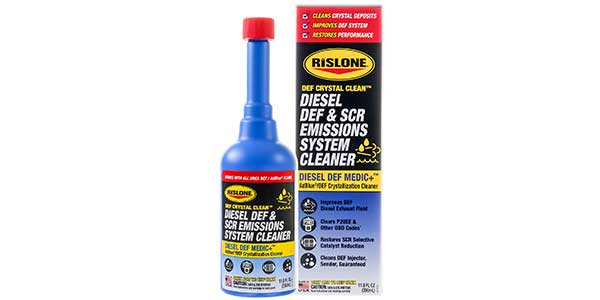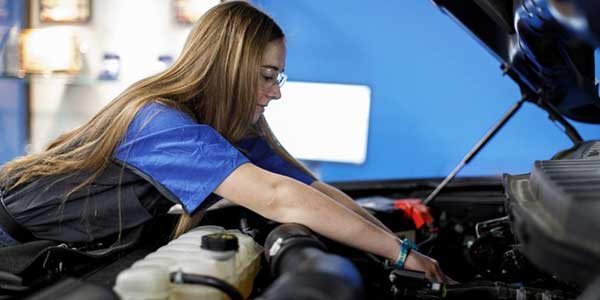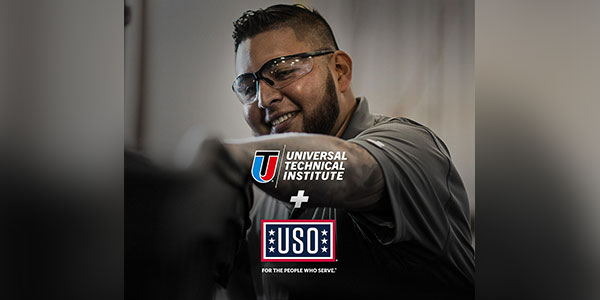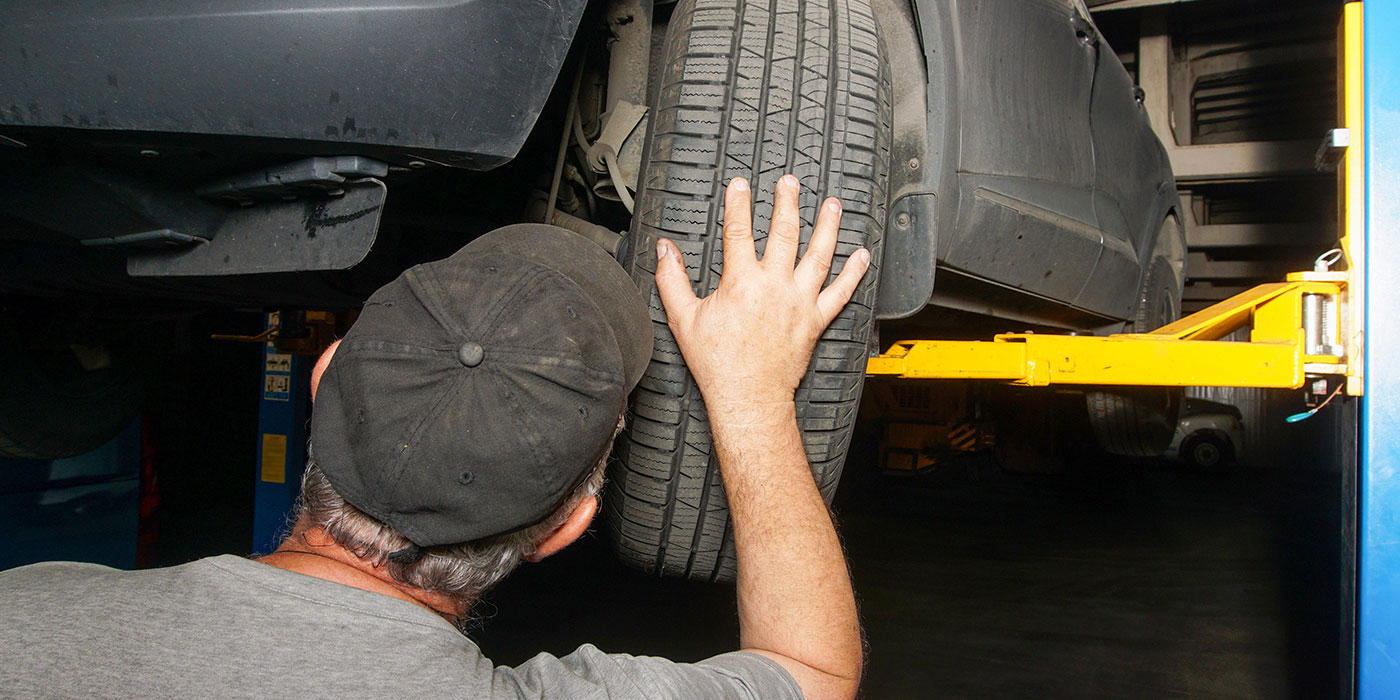An unfortunate trend in automotive sales is the growing customer dissatisfaction with their overall service experience. It is a trend that has been steadily growing over the last decade but if you’re not specifically looking for it, you wouldn’t know that it was such a big issue. As the old adage goes, “What gets measured gets managed.” And it is high time this problem gets managed for dealerships across the country.
MAKE AN ASSESSMENT
Identifying and assessing the realities your dealership, and the industry as a whole, is facing is a good place to start. The fact is that our industry spends 600 PVR in advertising to sell a new vehicle (according to NADA). Inventory is steadily declining, new vehicle sales are slowing down and interest rates are skyrocketing.
Last but not least, there is a significant rise in customers switching to electric vehicles. It is estimated that by 2030, there will be 25 million electric vehicles on the road in the United States. Dealerships need to adapt to that change because EVs are not going anywhere. The bottom line is that dealerships put tons of money into buying a customer. But where they fall short is actually retaining them.
THE BIG 3
Based on the data, there are three main reasons for consumer dissatisfaction: convenience, time and cost.
Convenience. This should be defined through the eyes of the customer. Consider their journey from start to finish. The first stop is making that initial phone call. Customers will weigh out the pros and cons — how long will the phone call take? Will they be transferred a bunch of times and have to repeat the same information over and over? To rectify the issues with service phone calls, some dealers implement AI. While that can help to a degree, only about 30% of customers will work their way through their issues solely with AI. The rest will want to speak to a real person at some point. AI can be part of the solution but it’s also important that dealers’ phones are properly equipped so that the first scheduling event is quick and easy.
Time. This goes hand-in-hand with convenience. After the phone call comes the trip to the dealership. Customers only want to make an investment that is worth their time. Efficiency is currency. Look at other industries that have capitalized on that — from grocery delivery services to mobile storage units to telemedicine, these business models have proven time and time again that customers value time-saving transactions above almost anything else.
Dealers would be doing themselves a disservice if they didn’t look into implementing resources that save them (and the customer) time. Most customers are not interested in waiting around at the dealership for their car to be ready to take home. Vehicle pickup and delivery is the new industry standard. Consumers overwhelmingly prefer it. It’s up to dealers to adapt to the ever-changing landscape of the industry.
Cost. While price is important to customers, it’s not the end-all, be-all. Dealerships often put themselves at a disadvantage by being hyper-focused on cost. More than anything, customers want to be heard. They want their needs to be met and their questions to be answered. The perception in the automotive industry is that everything is more expensive at a dealership but that is not always the case. There is part of the market that will always operate with a “price first” mentality. But that’s a small fraction of customers. The rest want more than that. The late Peter Drucker said it best, “Most companies don’t sell what the customer is buying.” We are not simply selling services and parts. We are selling what customers actually want to buy — which is convenience, speed and value.













